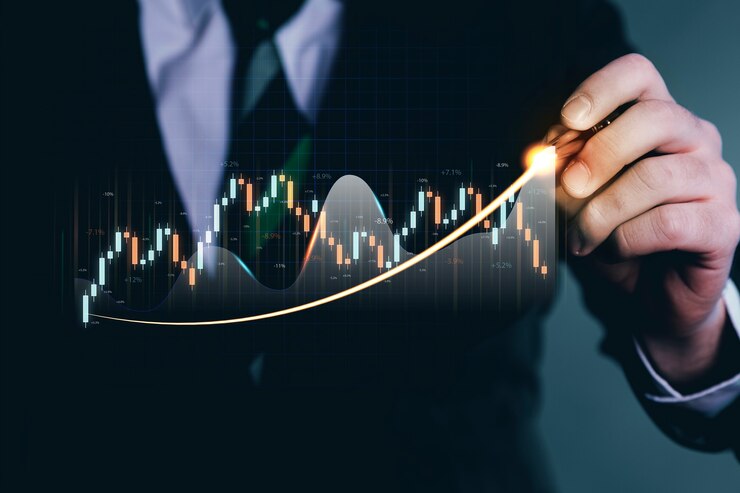Successful forex trading requires a comprehensive understanding of both technical and fundamental analysis. While technical analysis focuses on price movements and chart patterns, fundamental analysis examines economic, geopolitical, and other factors that influence currency valuations. In this article, we will explore six important fundamental factors that forex traders should keep track of to make informed trading decisions.
- Economic Indicators:
Economic indicators provide valuable insights into the health and performance of a country’s economy. Key indicators include gross domestic product (GDP), inflation rates, unemployment figures, consumer spending, and manufacturing output. Traders closely monitor these indicators to gauge the overall economic outlook and anticipate potential shifts in currency valuations.
- Central Bank Policies:
Central banks play a crucial role in shaping monetary policy and influencing currency markets. Traders pay close attention to central bank announcements, interest rate decisions, and statements from policymakers, as these can have a significant impact on currency valuations. Changes in interest rates, quantitative easing measures, or forward guidance can lead to volatility in forex markets.
- Geopolitical Events:
Geopolitical events such as elections, political instability, trade tensions, and geopolitical conflicts can have a profound impact on currency markets. Traders monitor geopolitical developments around the world to assess their potential implications for currency valuations. Uncertainty or instability in key regions can lead to risk aversion and volatility in forex markets.
- Monetary Policy Divergence:
Monetary policy divergence refers to differences in interest rate policies and monetary stances between countries. Traders analyze the divergence between central bank policies to identify trading opportunities. Wide divergences in interest rates, for example, can lead to carry trade opportunities, where traders borrow in currencies with low-interest rates to invest in currencies with higher interest rates.
- Trade Balance and Current Account:
Trade balance and current account figures reflect a country’s trade relationships with the rest of the world. Traders monitor trade balance data to assess the strength of a country’s exports and imports, as well as its overall trade surplus or deficit. A positive trade balance can lead to currency appreciation, while a negative trade balance may put downward pressure on a currency’s value.
- Market Sentiment and Risk Appetite:
Market sentiment and risk appetite play a significant role in determining currency movements. Traders assess investor sentiment and risk appetite through market indicators such as equity markets, bond yields, and commodity prices. Positive sentiment and risk-seeking behavior tend to benefit riskier currencies, while negative sentiment can lead to safe-haven flows into currencies like the US dollar, Japanese yen, or Swiss franc.
Conclusion:
In conclusion, staying informed about fundamental factors is essential for successful forex trading. By keeping track of economic indicators, central bank policies, geopolitical events, monetary policy divergence, trade balances, and market sentiment, traders can make informed trading decisions and navigate currency markets effectively. While technical analysis provides insights into price movements and trends, fundamental analysis offers a deeper understanding of the underlying factors driving currency valuations. By combining both approaches, traders can develop robust trading strategies and achieve their financial goals in the dynamic world of forex trading.












 Agree to our terms & conditions.
Agree to our terms & conditions.